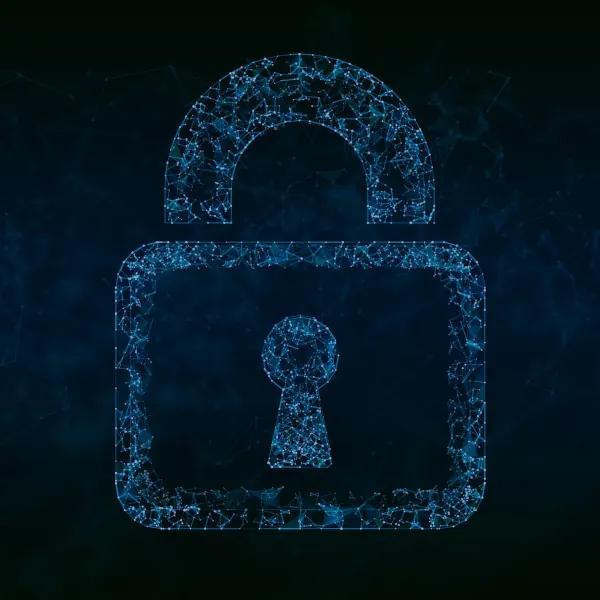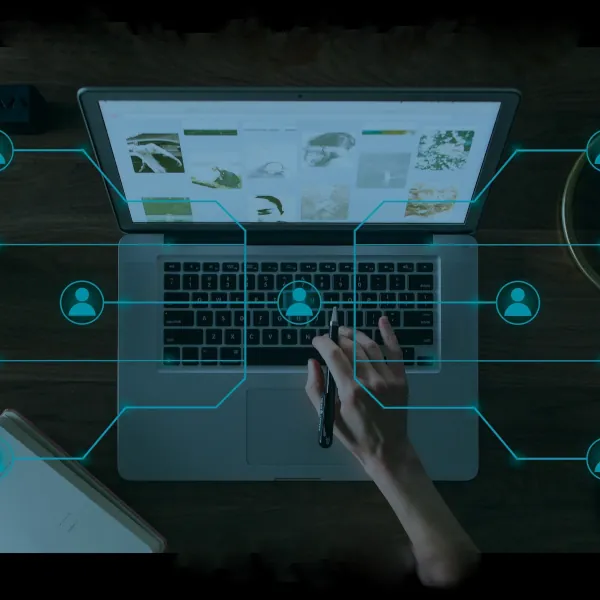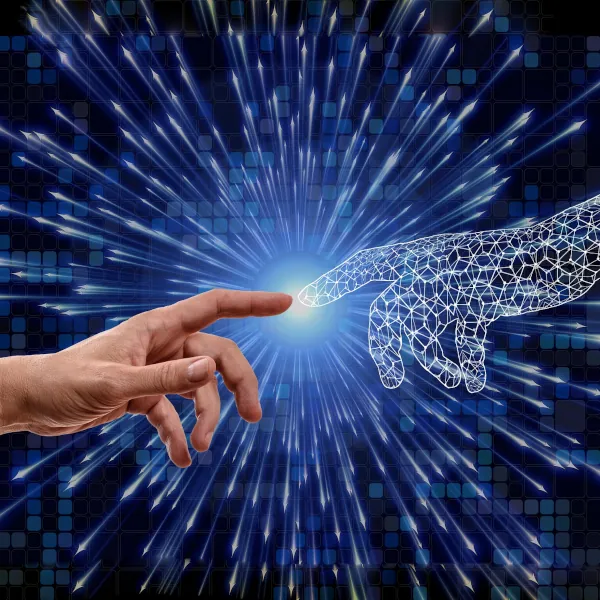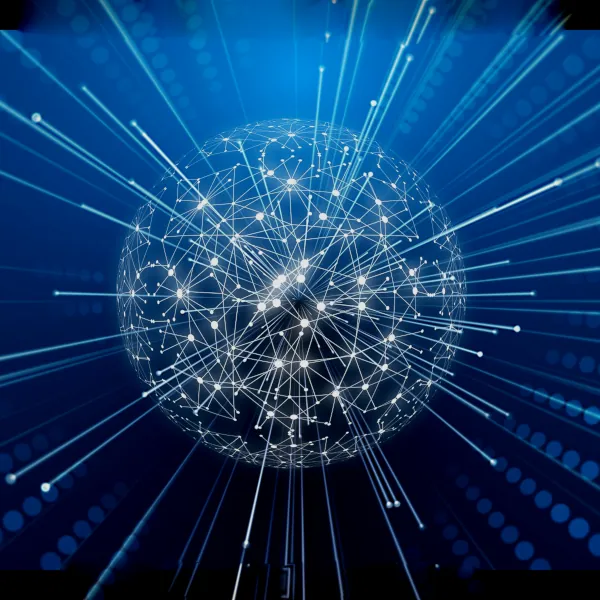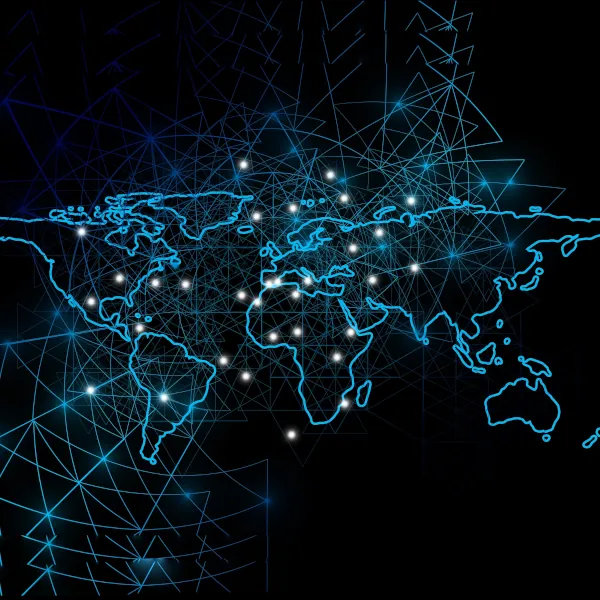About the Project
In the 21st century, galleries, libraries, archives and museums (GLAM) have transformed from cultural heritage repositories into key actors of the creative economy and new centres of soft power by playing key role in place branding, urban regeneration and tourism development. Under the pressure of the global outbreak of Covid-19 virus these institutions increasingly operate as hybrid spaces existing between physical and virtual worlds projecting their attraction power through new tools, including augmented, mixed, and virtual reality as well as digital and mobile devices. Despite mass closures many museums have increased their digital services through online communications with local and global audiences. As a result, many museums reported an increase in online visits, reaching in some cases up to 150% of regular online attendance. However, to what extent cultural institutions can turn to their digital resources, collections, exhibitions, virtual tours and distant educational programs to compensate for the loss of income and social influence? The project questioned:
Are GLAM actors well prepared to navigate digital challenges and face the dangers of the "dark side" of the online world, including fake news, propaganda, algorithmic censorship, and data surveillance? How productively can they employ data-intense methodologies and Artificial Intelligence (AI) tools to understand, leverage and predict their soft power across communities in different parts of the world?
The project aimed to answer these questions by focusing on the concept of digital soft power and examining the conditions by which it may assist cultural institutions to successfully develop in the (post) pandemic reality. It also aimed to develop innovative computational tools and techniques to better understand and measure this power to assess GLAM local and global impacts and to inform a more strategic, proactive and evidence-based form of development, especially in the context of the post-pandemic reality that brings exciting opportunities yet significant challenges.
Project design
Drawing on collaborations and consultations with 25 museum professionals from Europe and Asia-Pacific, including the Victoria & Albert Museum in London, the Museum of Asian Civilisations in Singapore and the Australian Museum in Canberra, the project explored illuminating provocative examples of GLAM digital soft power effects. It also generated knowledge through critical reflexive praxis, bringing together over 200 museum professionals, policy makers and digital creatives through a series of online research sessions, webinars and datathons. Watch video materials of all sessions and explore more below.
Online Session 1
Opportunities
Global circulation of collections and exhibitions in immersive environments
- Datathon: Mapping the potential appeal of heritage collections: From API to geo-visualization
- Webinar: GLAM collections and exhibitions in immersive environments
Click to Learn More
Online Session 2
Risks and Challenges
Communicating to audiences in the global media environment
- Datathon: Understanding and mapping digital museum audiences
- Webinar: Global communications and audiences: Propaganda, fake news & AI censorship
Click to Learn More
Online Session 3
Zooming In
Digital GLAM and Urban Soft Power
- Datathon: Forecasting local impacts of travelling exhibitions
- Webinar: Urban Data Infrastructures and Digital Place-making
Click to Learn More

